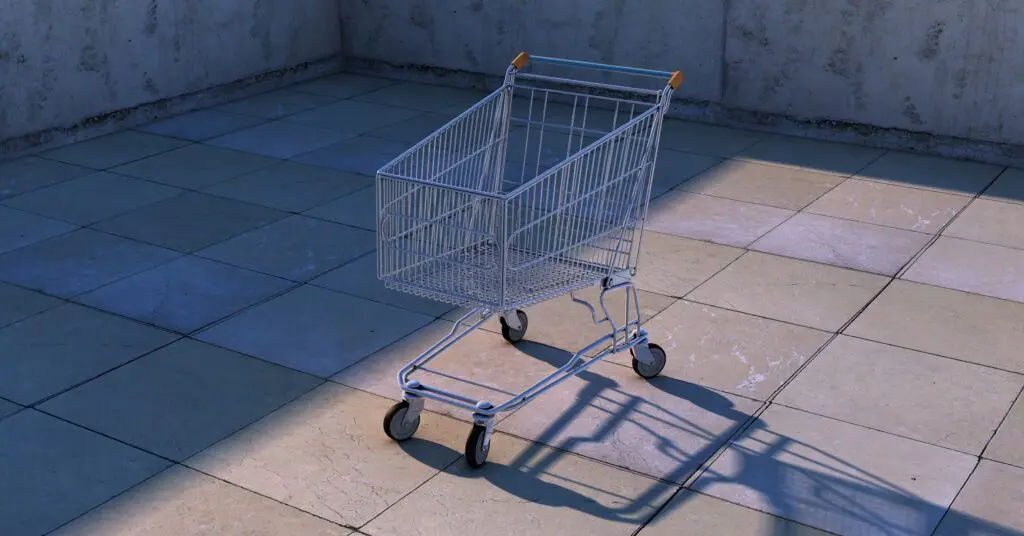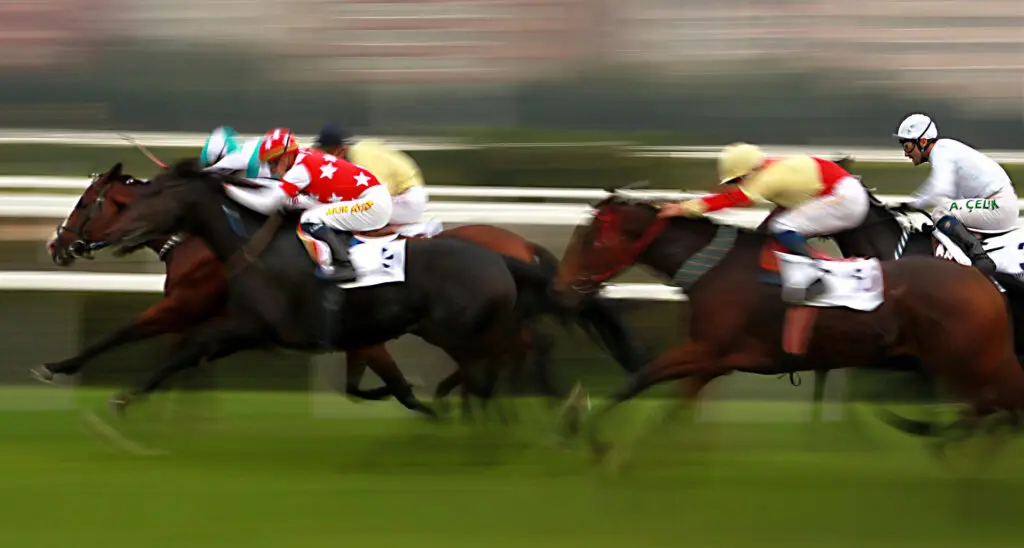In the article Promotions in a sales forecasting software, we have already highlighted the importance of considering promotions for sales forecasting. As out of stock events, they are important variables able to condition past and future sales. In fact, suppose you have a peak in your historical sales. You can think about an outlier, but you remember that you have applied a promotion during that period, so it is not an outlier, but an event influenced by an external action.
How can we use promotions for sales forecasting?
Do you remember the definition of time series? If not, please read article Time series analysis for statistical forecasting . In fact, you can build your time series promotions putting a non zero value if the promotion includes the related period. Some methods like ARIMAX can manage external regressor as promotions in order to make better forecasts. So, if you give the system the promotion time series (past and future) with the historical sales data, the system will be able to generate a better forecast.
I want more! What if I have different kinds of promotions?
No matter if you have two, three or ten different kinds of promotions. You can generate a time series for every kind of promotion and use them as external regressors.
How can I generate a time series for my promotions?
There exist many ways to generate a time series for promotions. Often a promotion can be described with three fields:
- Start Date: the first day in which the promotion is applied;
- End Date: the last day in which the promotion is applied;
- Discount: a percentage of discount applied during the promotion.
Then, the start and the end date may include one or more periods (days, weeks, months, quarters) in which the promotion is applied.
For example, if you are interested in daily forecasting, each time series element will be zero if the related day is not in the promotion time, otherwise, it will be equal to the discount value.
If you are interested in months or weeks, it is a little bit more complicated. For example, if you have a promotion which starts on 1st January and finishes on 15th February then your monthly time series will contain two nonzero data: one referring to January and the other to February with values proportional to the number involved days.






